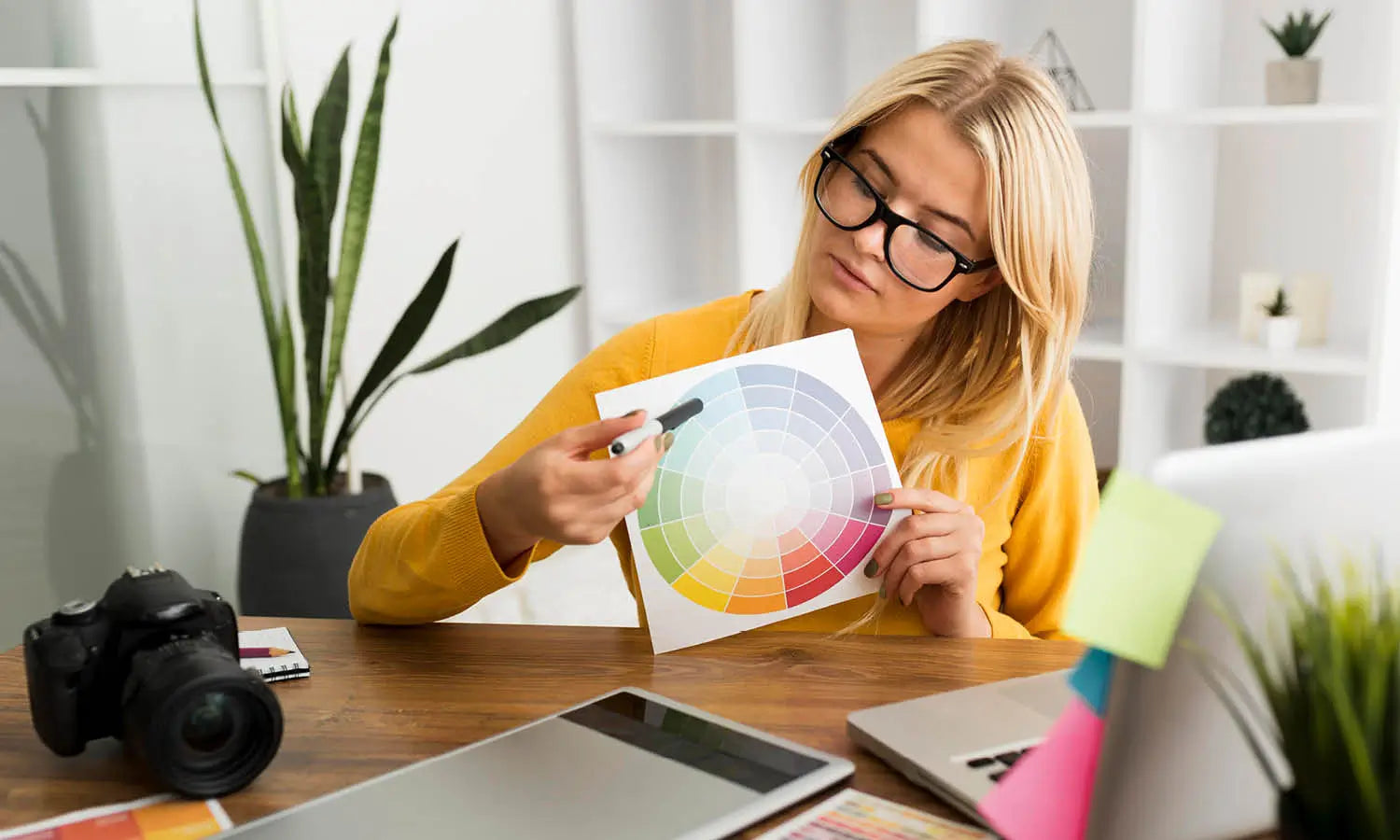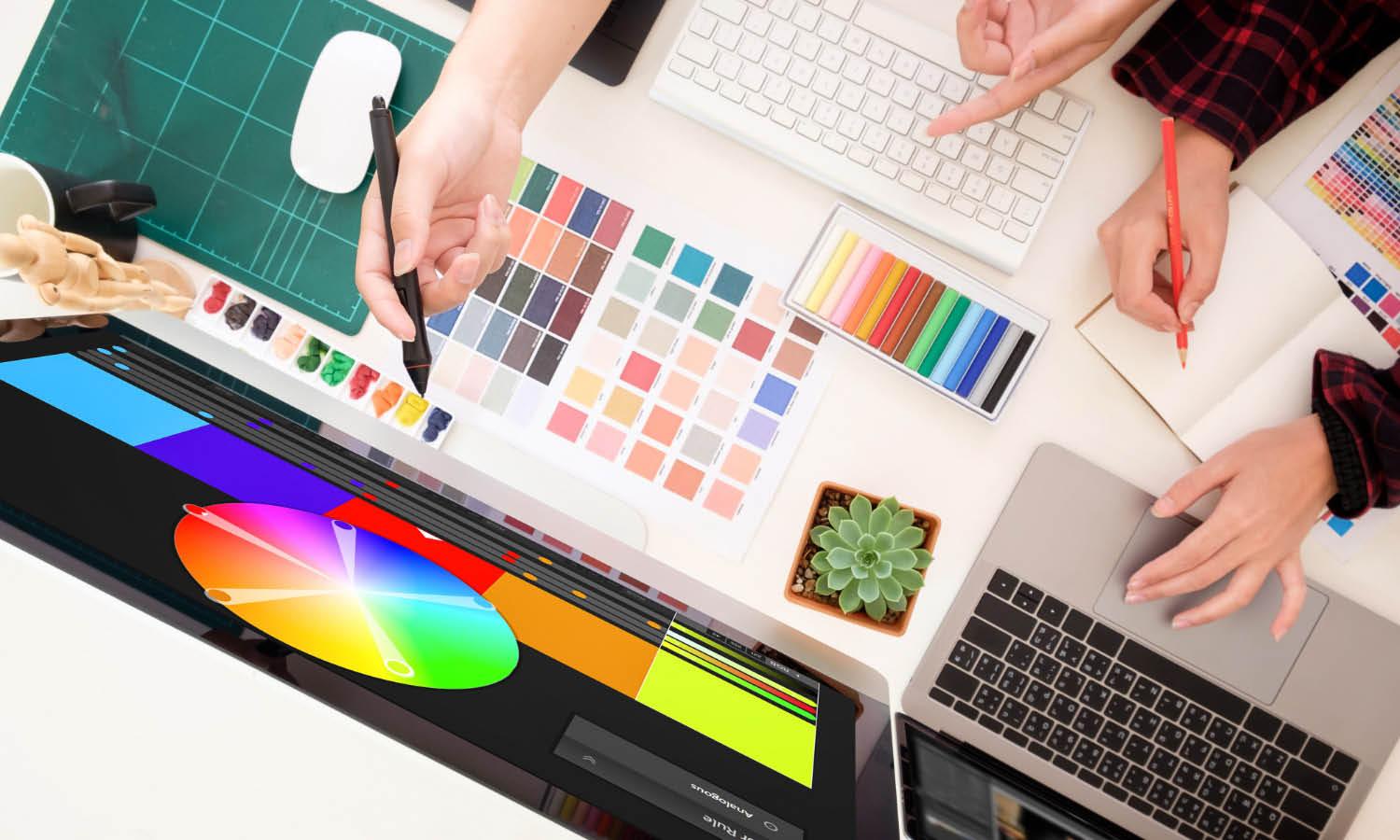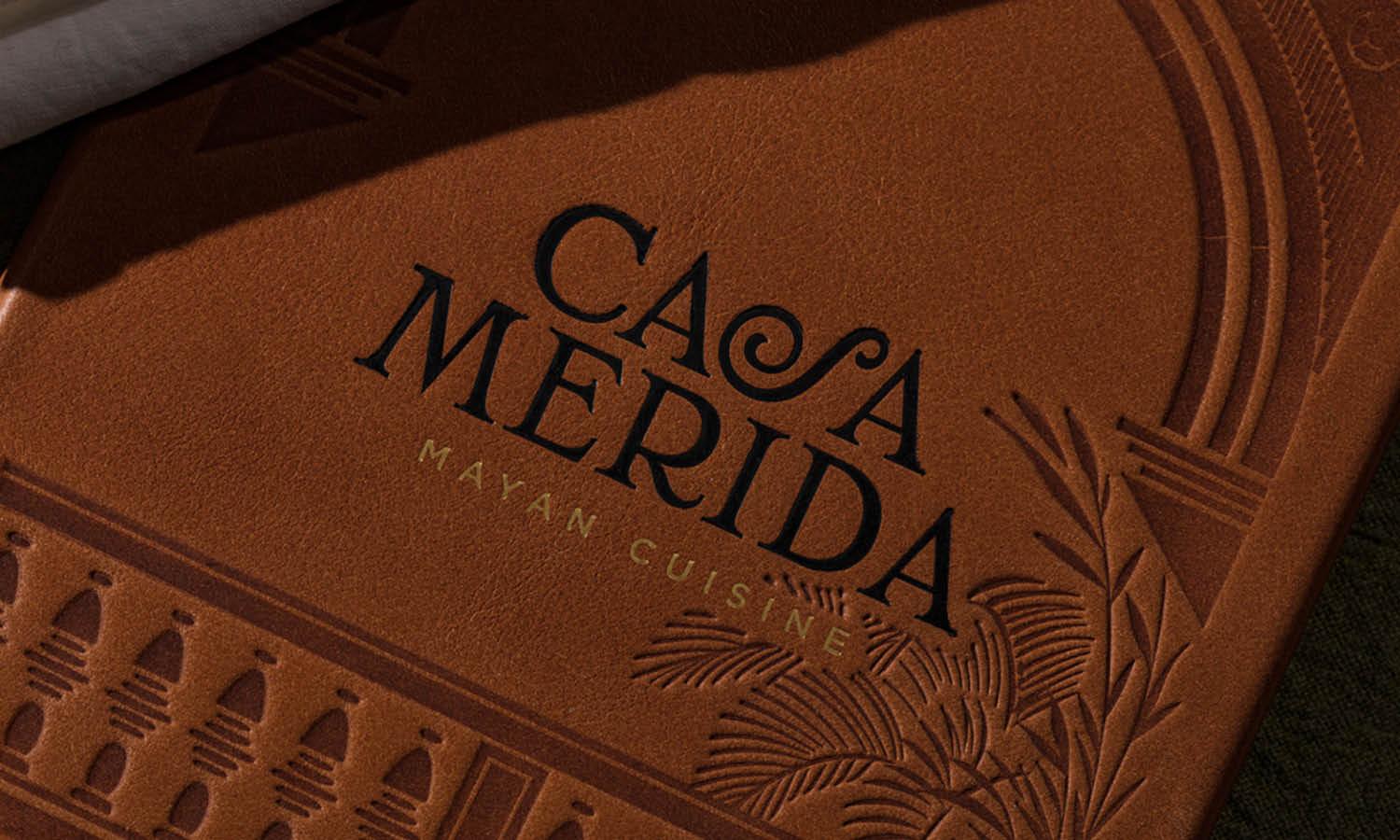Complete Guide: Choose The Correct Colour For Logo Designs

Choosing the right font for your logo designs is a crucial step in building a strong and recognizable brand identity. Fonts are more than just letters; they convey emotions, personality, and professionalism. The typeface you choose can determine how your audience perceives your brand, influencing trust, credibility, and memorability. Whether you are designing for a corporate business, a creative startup, or a luxury brand, selecting the appropriate font is essential to making a lasting impression.
A well-chosen font enhances readability, ensures visual balance, and aligns with the overall design aesthetics. It should complement the brand’s message while maintaining clarity across different mediums, from business cards to billboards. The wrong choice, on the other hand, can make a logo look unprofessional or outdated, weakening the brand’s impact.
However, understanding key principles in typography can help streamline the decision-making process. In this article, we will explore essential factors to consider when choosing a suitable font for your logo designs, ensuring that your brand stands out with confidence and professionalism.
Understand the Psychology of Colours
The psychology of colours plays a pivotal role in logo design, influencing how a brand is perceived by its audience. Different colours evoke specific emotions and associations, making the choice of colour a crucial decision in the branding process. For instance, blue often represents trust and reliability, making it a popular choice for financial institutions. Red, known for its vibrancy and energy, is frequently used by brands looking to evoke excitement and passion. Green, associated with nature and tranquility, is ideal for brands emphasizing sustainability and health.
By carefully selecting colours that align with the desired brand message, designers can create a more impactful and resonant logo. Additionally, understanding the psychological impact of colours can aid in targeting the right audience by aligning the logo's colour scheme with the audience's expectations and preferences.
Consider the Brand’s Identity
Choosing the right colours for a logo should be a reflection of the brand’s identity. Each colour has the power to convey specific traits and messages. For instance, luxury brands often opt for black, gold, or dark blue to signify elegance and sophistication, while a brand promoting organic products might lean towards earth tones to communicate nature and purity. The chosen colours should resonate with the brand’s core values and what it stands for, ensuring consistency across all marketing materials.
This coherence helps in building a strong, recognizable brand identity that communicates clearly with its target audience. Additionally, the selected colour palette should differentiate the brand from competitors, offering a unique visual identity that stands out in a crowded market.
Research the Target Audience
Understanding the target audience is essential when selecting colours for logo designs. Different demographics may react differently to particular colours based on age, gender, culture, and personal preferences. For instance, younger audiences might be drawn to bright and bold colours that convey excitement and innovation, whereas older demographics might prefer more subdued tones that offer a sense of stability and trustworthiness. It’s crucial to conduct thorough research to grasp the preferences, behaviors, and expectations of the intended audience.
Surveys, focus groups, and market analysis can provide valuable insights into the emotional and psychological responses of the audience to certain colours. This tailored approach ensures that the colour choices not only attract the attention of the target audience but also foster a deeper emotional connection with the brand, enhancing brand recall and loyalty.

Look at Competitor Colours
Analyzing the colours used by competitors is a strategic move in logo design. This research helps in understanding the industry standards and prevalent colour themes, which can inform decisions to either align with certain expectations or differentiate boldly. Observing competitor colours can reveal much about market trends and consumer expectations within the specific sector. If most competitors use similar shades, it might indicate that those colours are well-received by the target audience.
However, to stand out, a brand might choose contrasting colours or adopt a unique colour scheme that still resonates with potential customers but also offers a distinctive visual identity. This approach not only positions the brand uniquely but can also capture the audience’s attention more effectively, potentially increasing brand recognition and preference.
Use Colour Theory
Colour theory is a fundamental tool in logo design, guiding designers in the selection and combination of colours to create aesthetic and effective visual identities. It's based on the colour wheel and includes several methods for choosing harmonious colours. Complementary colours, which are opposite each other on the colour wheel, create vibrant and dynamic logos but should be used sparingly to avoid visual tension. Analogous colour schemes, which use colours that are next to each other on the wheel, offer more harmony and are pleasing to the eye, making them ideal for brands seeking a subtler, cohesive look. Triadic colour schemes involve colours that are evenly spaced around the colour wheel and are great for creating a balanced and colourful logo.
Understanding these schemes helps ensure that the logo not only looks good but also communicates effectively. The right colour combinations can enhance the logo’s visual impact and aid in brand differentiation, making colour theory a critical component in the design process.
Prioritize Visibility and Legibility
Visibility and legibility are paramount in logo design, especially when it comes to colour selection. The right contrast between the logo and its background can significantly impact its readability and recognition from a distance or when scaled down. High contrast colour combinations, such as black on white or vice versa, ensure that logos are easily visible in various media formats, including digital and print. Subtle colour differences, on the other hand, might look appealing on large or high-resolution displays but can lose clarity in smaller sizes or when viewed from afar.
Designers must test logos across multiple platforms and sizes to ensure that the chosen colours maintain legibility in every context. This approach not only improves user experience but also reinforces brand identity across diverse applications, making the logo more effective and versatile.
Test on Different Backgrounds
Testing logo designs on various backgrounds is essential to ensure that the chosen colours perform well across different applications. A logo might appear striking on a white background but can lose impact on darker or patterned surfaces. To avoid such pitfalls, designers should preview the logo against a range of backgrounds, including light, dark, and colorful varieties, as well as textured surfaces.
This process helps identify any issues with visibility or colour distortion that might arise in real-world applications. It’s also crucial to test digital versions on different screens and resolutions, as colours can vary significantly between devices. By ensuring the logo maintains its integrity and appeal across all potential backgrounds, brands can enhance their versatility and ensure a consistent identity in various contexts, from website headers to product packaging.

Adapt for Black and White
Adapting logo designs for black and white usage is crucial for ensuring versatility across all media, especially in situations where colour printing is not an option. This adaptation is not merely about converting a colour logo into grayscale; it involves rethinking the design to maintain its distinctiveness without the use of colour. Key elements such as contrast, spacing, and pattern become even more important in black and white versions.
A well-adapted logo remains recognizable and effective, retaining its brand identity in newspaper ads, fax transmissions, and photocopies, as well as in cost-effective marketing materials. Designers should create these versions during the initial design phase to ensure the logo's effectiveness is not dependent on colour alone, thereby enhancing its functional longevity across various media.
Use Web-Safe Colours
In the digital age, using web-safe colours in logo designs is critical for ensuring consistency across various digital platforms. Web-safe colours consist of a palette of 216 colours that display solidly and consistently on different monitors and web browsers, regardless of the device or operating system. These colours are particularly important for logos that will be used extensively online, as they prevent colours from dithering or appearing pixelated.
When designing a logo, consider incorporating web-safe colours to enhance the logo’s clarity and consistency on websites, social media, and digital advertisements. This approach helps maintain the integrity and vibrancy of the brand’s visual identity across all online touchpoints, ensuring that the logo always appears as intended, regardless of the user’s screen settings or device.
Keep It Simple
Simplicity is key in logo design, especially when considering colour choices. A simple colour scheme—not exceeding two to three colours—helps in creating a clean, memorable logo that is easily recognizable and versatile across various uses. Overcomplicating a logo with too many colours can lead to visual clutter, reducing its effectiveness and making it harder for the audience to remember.
Simple colour palettes aid in brand recall and ensure that the logo can be used seamlessly in both large-scale formats and smaller, more detailed applications. This simplicity also translates into lower printing costs and greater legibility in digital and physical formats, making the logo more practical and universally adaptable.
Conclusion
Selecting the right colours for your logo design is a strategic decision that significantly impacts brand perception and recognition. By applying principles of colour psychology, understanding your audience, adhering to colour theory, and ensuring adaptability across different media, you can create a logo that effectively communicates your brand's identity. Remember to test your logo in various contexts, keep the design simple, and use web-safe colours to maintain consistency online. These steps will help you develop a visually appealing and functional logo that resonates with your target audience and stands out in the competitive market landscape.
Let Us Know What You Think!
Every information you read here are written and curated by Kreafolk's team, carefully pieced together with our creative community in mind. Did you enjoy our contents? Leave a comment below and share your thoughts. Cheers to more creative articles and inspirations!
















Leave a Comment